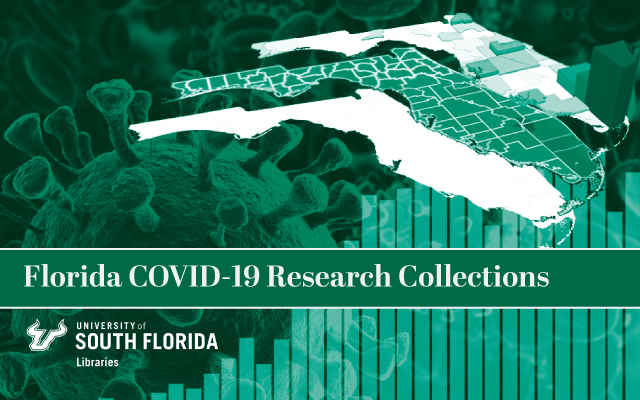
All publications
Natural Protection of Ocular Surface from Viral Infections – A Hypothesis
Document Type
Article
Publication Date
10-2020
Keywords
Standing potential of the eye, Bioaerosols, SARS-CoV-1, SARS-CoV-2, SARS, COVID-19, Coronavirus
DOI
https://doi.org/10.1016/j.mehy.2020.110082
Abstract
A pandemic outbreak of a viral respiratory infection (COVID-19) caused by a coronavirus (SARS-CoV-2) prompted a multitude of research focused on various aspects of this disease. One of the interesting aspects of the clinical manifestation of the infection is an accompanying ocular surface viral infection, viral conjunctivitis. Although occasional reports of viral conjunctivitis caused by this and the related SARS-CoV virus (causing the SARS outbreak in the early 2000s) are available, the prevalence of this complication among infected people appears low (~1%). This is surprising, considering the recent discovery of the presence of viral receptors (ACE2 and TMPRSS2) in ocular surface tissue. The discrepancy between the theoretically expected high rate of concurrence of viral ocular surface inflammation and the observed relatively low occurrence can be explained by several factors. In this work, we discuss the significance of natural protective factors related to anatomical and physiological properties of the eyes and preventing the deposition of large number of virus-loaded particles on the ocular surface. Specifically, we advance the hypothesis that the standing potential of the eye plays an important role in repelling aerosol particles (microdroplets) from the surface of the eye and discuss factors associated with this hypothesis, possible ways to test it and its implications in terms of prevention of ocular infections.
Citation / Publisher Attribution
Medical Hypotheses, v. 143, art. 110082
Scholar Commons Citation
Zimmerman, Keith; Kearns, Fiona; and Tzekov, Radouil, "Natural Protection of Ocular Surface from Viral Infections – A Hypothesis" (2020). All publications. 36.
https://digitalcommons.usf.edu/usf_fcrc_all/36


Comments
Article available for free at PubMed Central: https://www.ncbi.nlm.nih.gov/pmc/articles/PMC7346787/